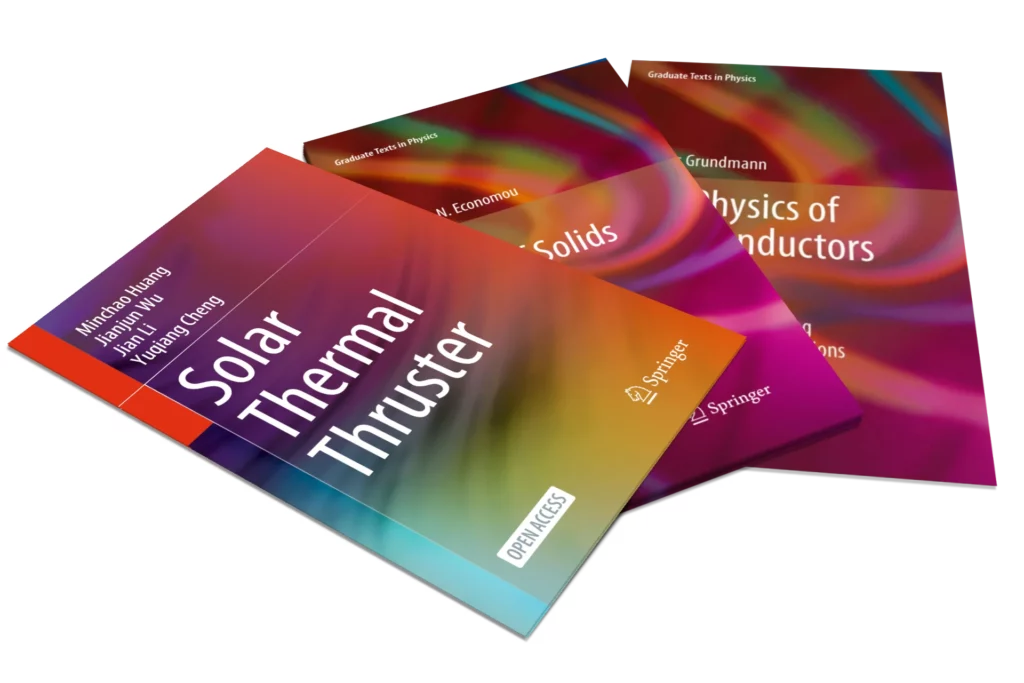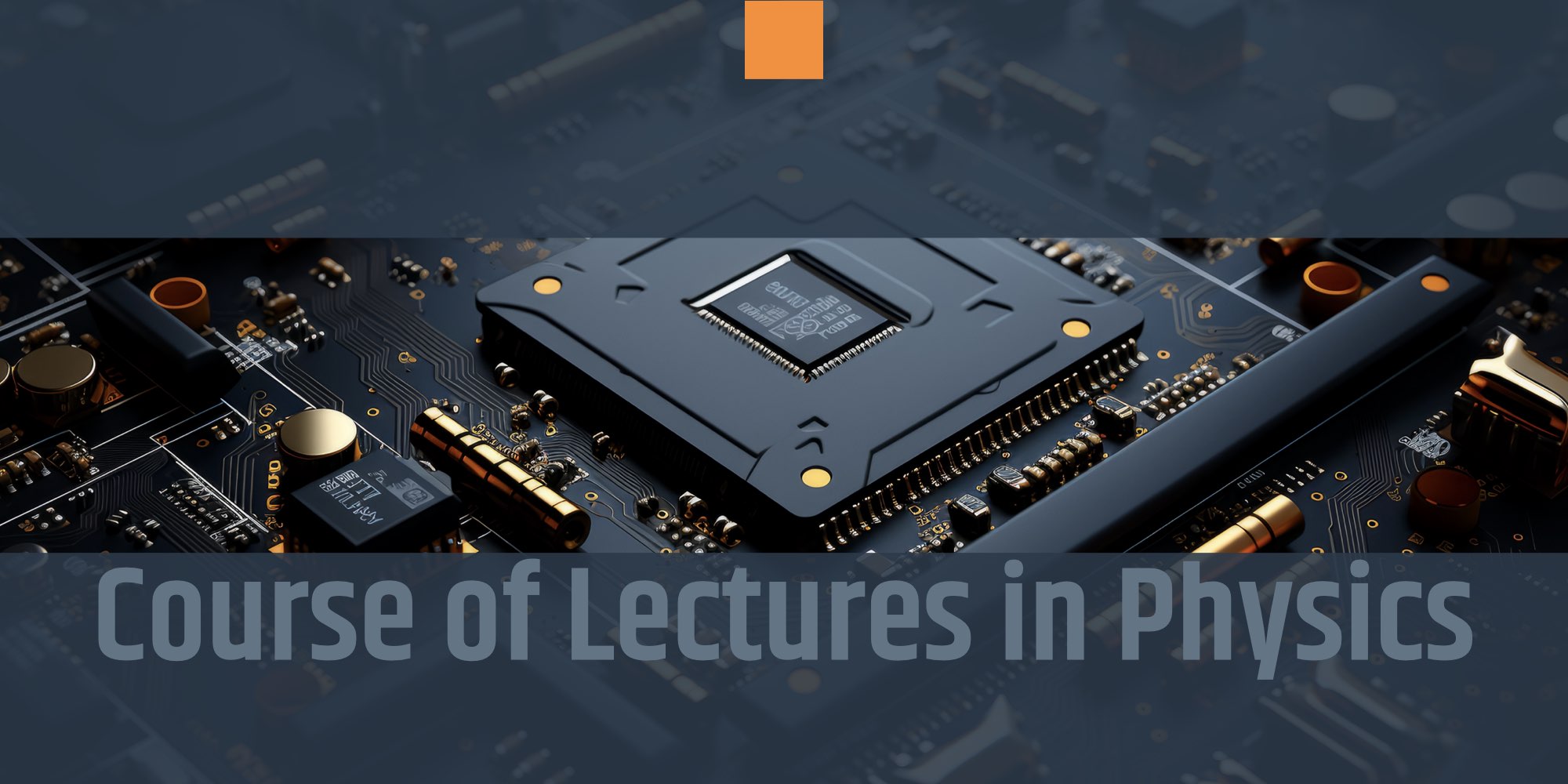This lecture unit deals with the principles and integration of electronic and optical components to form systems for signal transmission and processing. The content is divided into three main areas: the electronic foundation, optical signal processing, and system integration.
Electronic circuits in optoelectronics
This section lays the electronic groundwork for optoelectronic systems.
- Fundamentals of Circuit Technology: Review of basic laws: Ohm’s Law and Kirchhoff’s Laws. Introduction to active and passive components (resistors, capacitors, transistors).
- Driver Circuits for Optical Transmitters: Function of LED driver circuits. Control of current and brightness. Function of laser diode driver circuits. Control of threshold current and optical power. The difference between continuous-wave (CW) operation and modulated operation.
- Receiver Circuits for Optical Signals: Trans-impedance Amplifier (TIA): Why is it crucial? It converts the photocurrent generated by the photodetector into a voltage. Noise Mechanisms: Thermal noise, shot noise, and their effect on the signal-to-noise ratio (SNR).
Optical signal processing and transmission
This part covers how signals are generated, processed, and transported optically.
- Light Sources and Modulation: Signal Generation: How is an electrical signal converted into an optical one? External Modulation: The use of electro-optic or acousto-optic modulators to modulate a continuous light signal.
- Optical Waveguides (Optical Fibers): Fundamentals: The principle of total internal reflection.
- Optical Signal Processing Components: Multiplexing/Demultiplexing: Wavelength Division Multiplexing (WDM) as a key technology for high data rates. How do we separate or combine signals of different wavelengths? Optical Switches: Components that route light signals without converting them to an electrical signal.
System integration and applications
This final section connects the electronic and optical components to create functional systems.
- Structure of an Optical Transmission System: Transmitter: Signal source, driver, modulator.
- Transmission Medium: Optical fiber.
- Receiver: Photodetector, transimpedance amplifier, filter.
- Areas of Application:
- Telecommunications: The backbone of modern internet infrastructure. Transmission of data over long distances (e.g., submarine cables).
- Sensors: Use of optical fibers to measure temperature, pressure, or chemical substances.
- Medical Technology: Optical Coherence Tomography (OCT) and endoscopy.
- LIDAR Systems: Creation of precise 3D maps by measuring the time of flight of light pulses.
- Future Trends:
- Integrated Photonics: The fusion of optical and electronic components onto a single chip.
- Quantum Communication: The use of photons for eavesdropping-proof data transmission (quantum cryptography).


